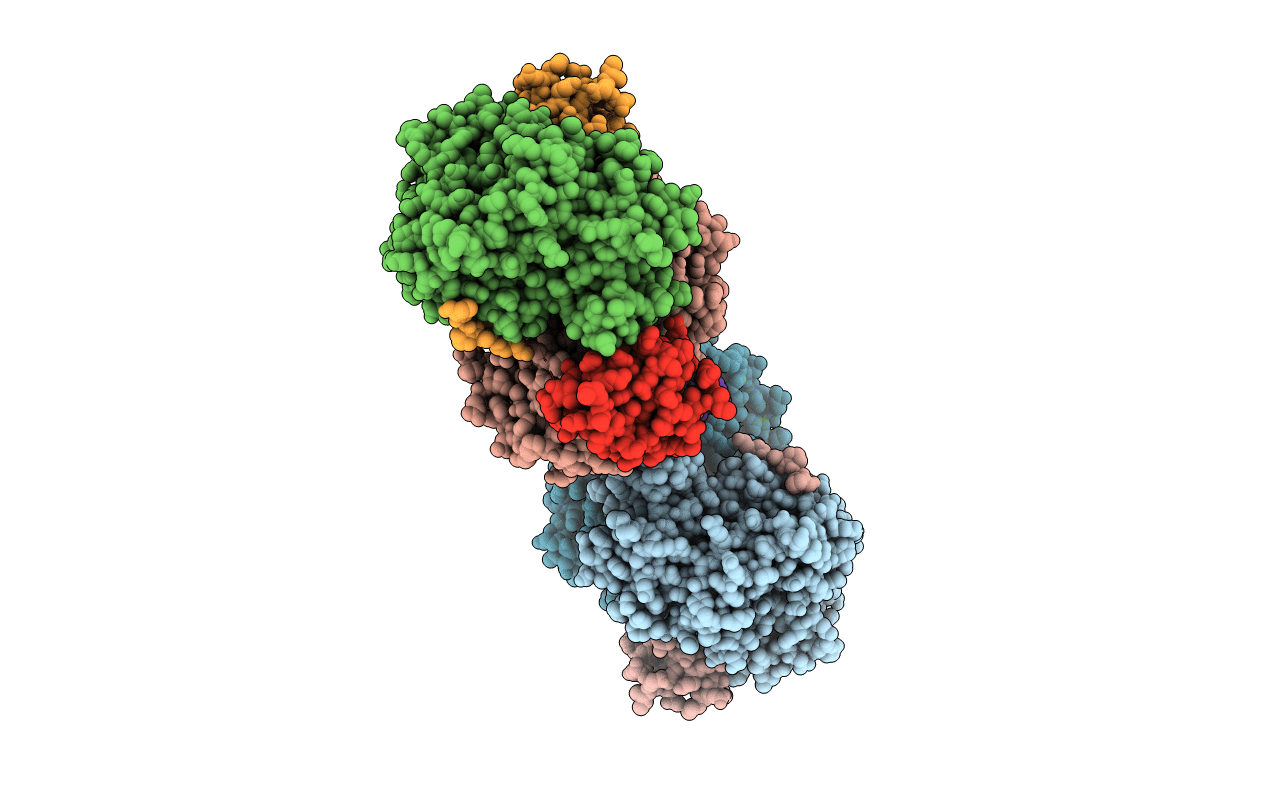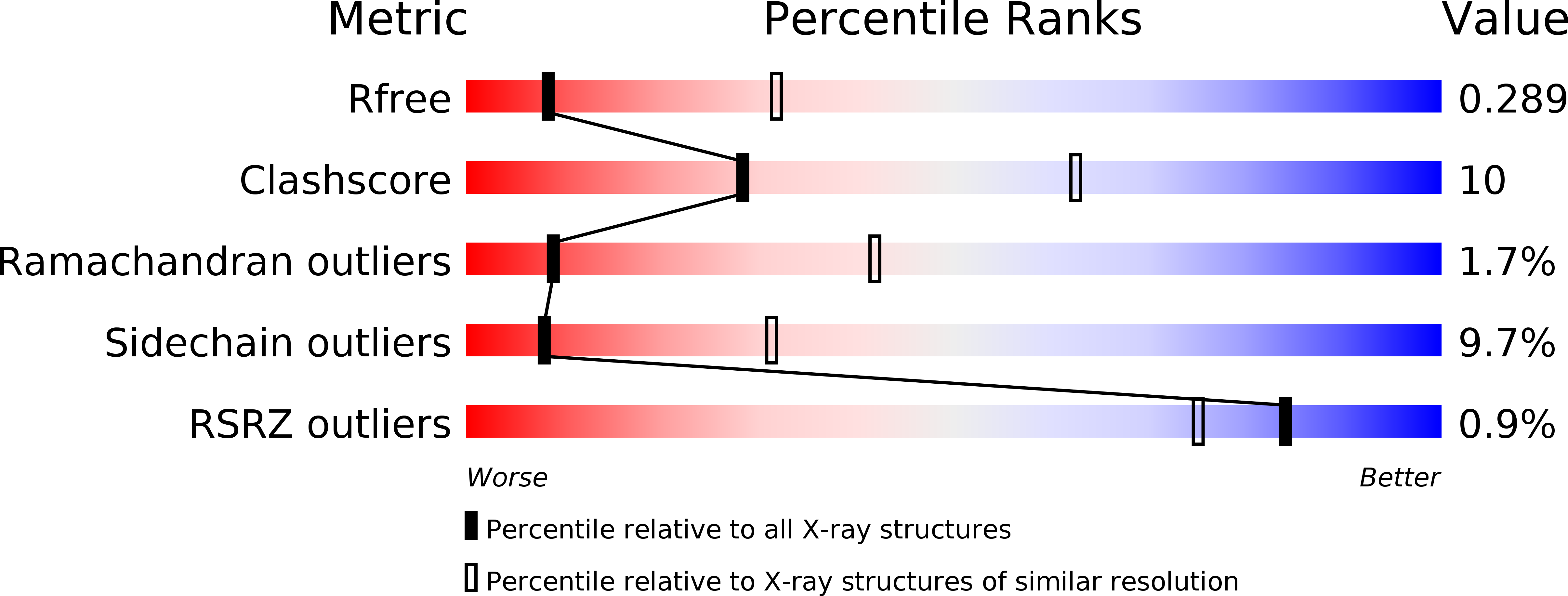
Deposition Date
2013-01-29
Release Date
2013-04-10
Last Version Date
2024-02-28
Entry Detail
PDB ID:
4IZ5
Keywords:
Title:
Structure of the complex between ERK2 phosphomimetic mutant and PEA-15
Biological Source:
Source Organism:
Homo sapiens (Taxon ID: 9606)
Host Organism:
Method Details:
Experimental Method:
Resolution:
3.19 Å
R-Value Free:
0.29
R-Value Work:
0.24
R-Value Observed:
0.24
Space Group:
P 1 21 1


